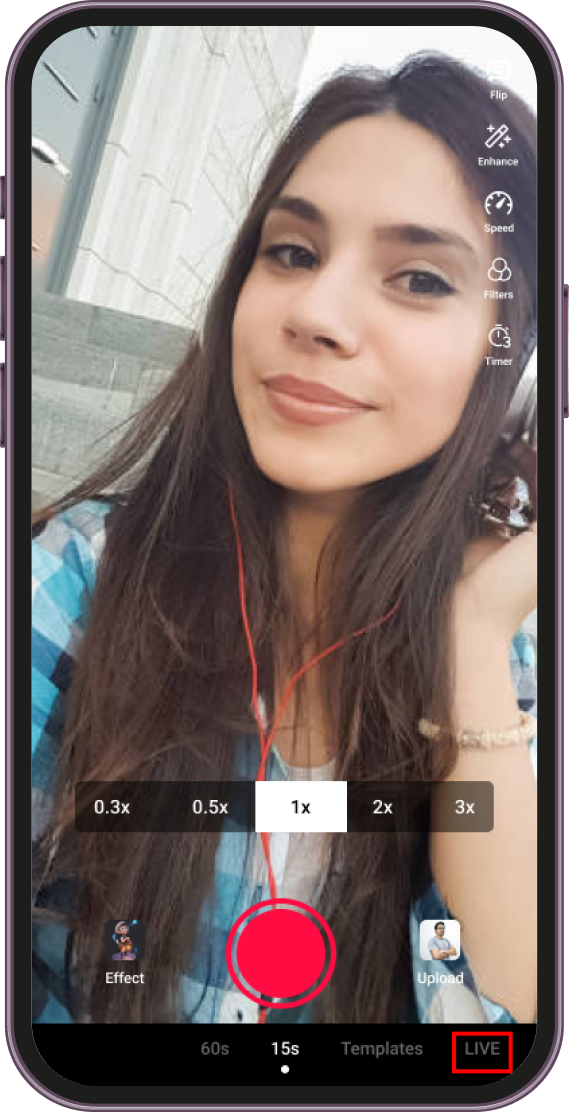Is TikTok's content moderation policy truly effective? A bold statement reveals the platform's struggle with regulating explicit content while maintaining user engagement. Despite its immense popularity, TikTok faces challenges in balancing creative freedom and appropriate content. The viral 'Foopahh Challenge' exemplifies this dilemma, as creators exploit loopholes to gain attention through risqué videos.
TikTok has become a cultural phenomenon, boasting over 96.4 million posts under the hashtag #FlashesLiveTv. This staggering number highlights the platform's influence on global trends and social interactions. Latino humor, comedy sketches, and bouncer life scenarios dominate the content landscape, engaging users with relatable and entertaining clips. However, the rise of explicit challenges like the 'Foopahh Challenge' raises concerns about the platform's ability to maintain a safe environment for all users. Creators participating in such trends risk their accounts for increased visibility, exploiting TikTok's moderation system to bypass restrictions.
| Category | Details |
|---|---|
| Name | TikTok Moderation System |
| Platform Launch Date | September 2016 |
| Headquarters Location | Beijing, China |
| Key Features | Short-form video creation, music integration, augmented reality effects |
| User Base | Over 1 billion active users worldwide |
| Content Categories | Comedy, education, lifestyle, dance, music, challenges |
| Notable Challenges | Foopahh Challenge, Public Flashing Trend, Quick Flash Videos |
| Official Website | TikTok Official Site |
The 'Quickflash' trend further demonstrates TikTok's evolving content landscape. With over 3,035 posts, this challenge showcases users' creativity in producing rapid-fire entertainment. While most clips remain lighthearted and humorous, some cross boundaries into inappropriate territory. The blurred lines between acceptable and questionable content challenge TikTok's moderation team to develop more sophisticated algorithms and guidelines. Additionally, the platform's community-driven nature complicates enforcement, as users often interpret rules differently based on regional norms and cultural contexts.
Public flashing incidents have gained notoriety on TikTok, sparking debates about consent, privacy, and digital ethics. One notable case involved a mother unintentionally exposing herself during a live stream intended for her daughter. Such occurrences highlight the potential consequences of impulsive behavior in public spaces captured on camera. TikTok's vast user base amplifies these moments, turning personal experiences into viral sensations. The r/TikTokFlashing subreddit serves as a hub for discussing such incidents, providing insights into how creators navigate the fine line between discretion and exposure.
Scrolller.com emerged as an alternative platform for users seeking uncensored TikTok content. While offering expanded access to adult-themed videos and images, this website raises questions about the ethical implications of hosting potentially harmful material. Critics argue that such platforms undermine TikTok's efforts to maintain a family-friendly environment by redistributing explicit content outside regulated channels. Furthermore, the proliferation of unauthorized reproductions threatens original creators' intellectual property rights and control over their work.
As TikTok continues to evolve, addressing moderation challenges remains crucial for sustaining its reputation as a leading social media platform. Striking a balance between fostering creativity and ensuring safety requires ongoing collaboration between developers, moderators, and users. Implementing advanced AI technologies alongside human oversight can enhance detection capabilities for inappropriate content. Additionally, promoting digital literacy among users empowers them to make informed decisions about sharing personal information online. Ultimately, cultivating a respectful community atmosphere benefits everyone involved in the TikTok ecosystem.



